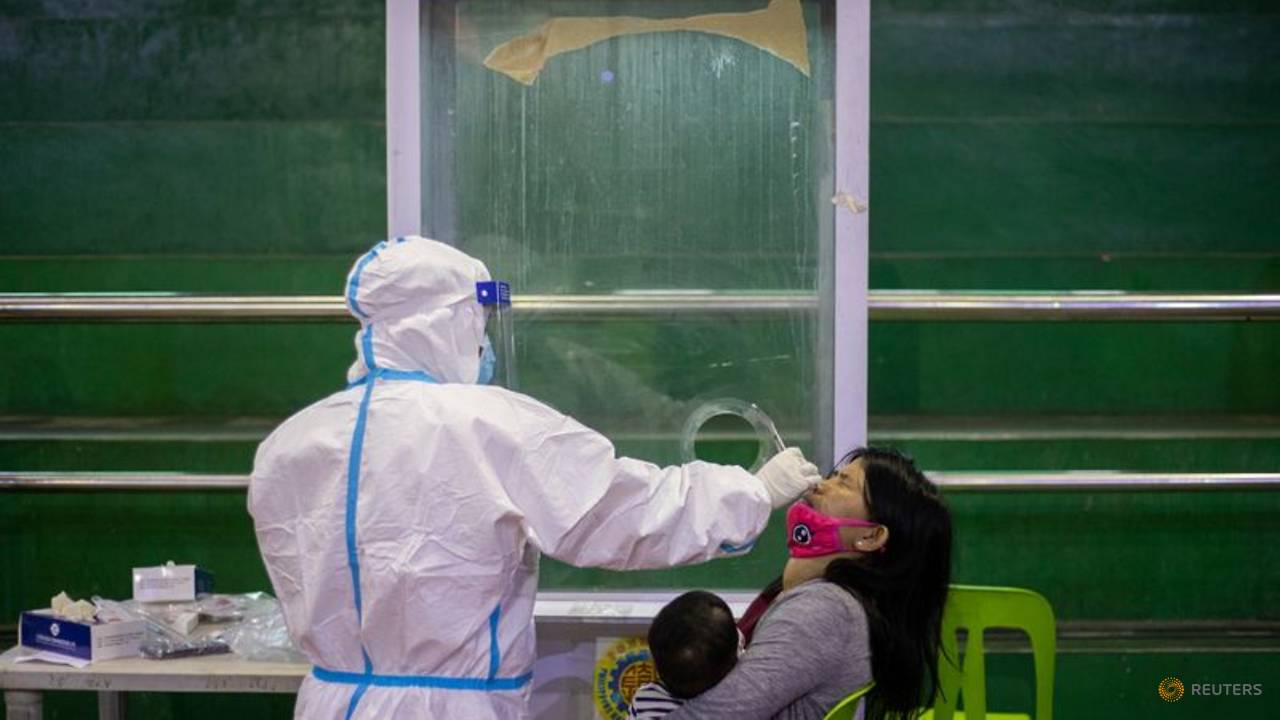NEW DELHI: One in 10 Indian will develop cancer during their life-time and one in 15 Indians will die of cancer, says the World Cancer Report released by World Health Organisation (WHO) which has pointed out “socio-economic inequalities” as a major cause for the rapidly increasing burden of the disease in the country.
Lower socio-economic status is associated with oral and cervical cancer while urbanization, improvement in education and increasing disposable income with higher overall socio-economic status are associated with an increasing risk of breast and colo-rectal cancer cases besides such lifestyle-related types.
India had an estimated 1.16 million new cancer cases and around 7.84 lakh cancer deaths in 2018. The six most common cancer types are breast, oral, cervical, lung, stomach, and colo-rectal cancer. Together, these accounted for almost half (49%) of all new cancer cases.
The report shows over 90% of patients with oral cancer have lower socio-economic status in India because non-awareness about harms of tobacco use is common among these people. Similarly, cervical cancer disproportionately affects women with lower socio-economic status, who have limited access to public health services for prevention and early detection. India accounts for about one fifth of the global burden of cervical cancer, despite decreasing incidence in several regions of the country.
On the contrary, incidence of colo-rectal and breast cancer is increasing in the most developed states in India and in urban population.
Experts say improvement in socio-economic status and urbanisation have led to sedentary lifestyle, more stress, less of breast-feeding, poor eating habits and higher prevalence of overweight and obesity – all of which are risk factors for breast cancer, colo-rectal cancer, uterine cancer and ovarian cancer.
The report also shows households with high socio-economic status spend less on cereals, millets and vegetables and more on beverages, processed foods, dairy products, meat, eggs and fish.
IT suggests “highly focused and tailored public health interventions” to target different socio-economic groups to reduce disparities in cancer prevention.
The UN agency warned that if current trends continue, the world will see a 60% incrRead More – Source
NEW DELHI: One in 10 Indian will develop cancer during their life-time and one in 15 Indians will die of cancer, says the World Cancer Report released by World Health Organisation (WHO) which has pointed out “socio-economic inequalities” as a major cause for the rapidly increasing burden of the disease in the country.
Lower socio-economic status is associated with oral and cervical cancer while urbanization, improvement in education and increasing disposable income with higher overall socio-economic status are associated with an increasing risk of breast and colo-rectal cancer cases besides such lifestyle-related types.
India had an estimated 1.16 million new cancer cases and around 7.84 lakh cancer deaths in 2018. The six most common cancer types are breast, oral, cervical, lung, stomach, and colo-rectal cancer. Together, these accounted for almost half (49%) of all new cancer cases.
The report shows over 90% of patients with oral cancer have lower socio-economic status in India because non-awareness about harms of tobacco use is common among these people. Similarly, cervical cancer disproportionately affects women with lower socio-economic status, who have limited access to public health services for prevention and early detection. India accounts for about one fifth of the global burden of cervical cancer, despite decreasing incidence in several regions of the country.
On the contrary, incidence of colo-rectal and breast cancer is increasing in the most developed states in India and in urban population.
Experts say improvement in socio-economic status and urbanisation have led to sedentary lifestyle, more stress, less of breast-feeding, poor eating habits and higher prevalence of overweight and obesity – all of which are risk factors for breast cancer, colo-rectal cancer, uterine cancer and ovarian cancer.
The report also shows households with high socio-economic status spend less on cereals, millets and vegetables and more on beverages, processed foods, dairy products, meat, eggs and fish.
IT suggests “highly focused and tailored public health interventions” to target different socio-economic groups to reduce disparities in cancer prevention.
The UN agency warned that if current trends continue, the world will see a 60% incrRead More – Source











